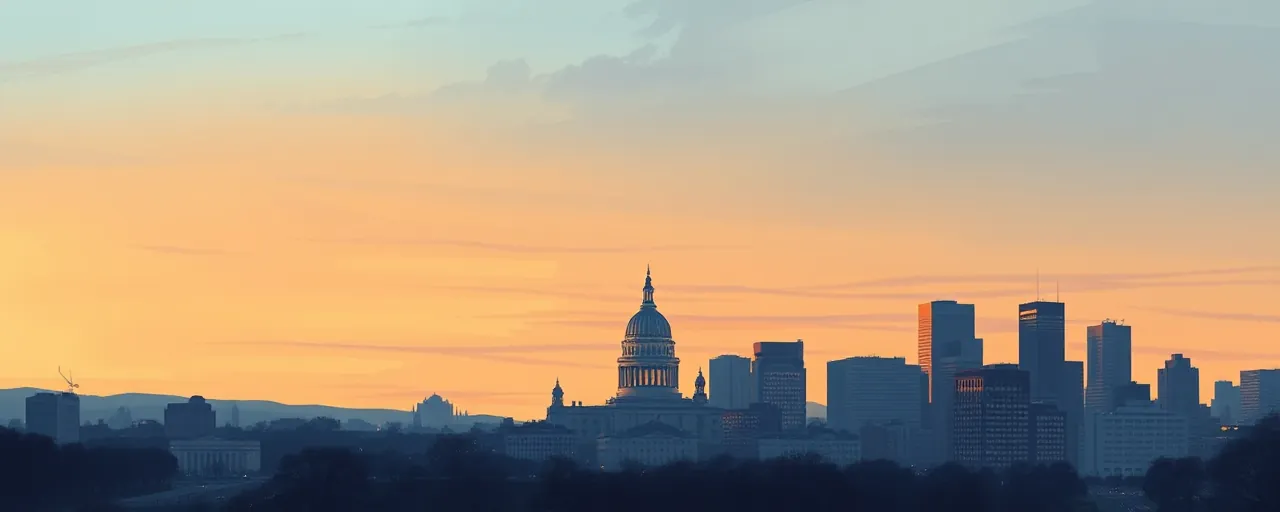A Chilling Plot Unraveled
Nicholas John Roske, a 29-year-old from Simi Valley, California, stood in a Maryland courtroom on April 8, 2025, and admitted to a crime that sent shockwaves through the nation’s capital. He pleaded guilty to attempting to assassinate a U.S. Supreme Court Justice, an act that unfolded nearly three years ago in the quiet streets of Montgomery County. It came out of nowhere, a stark reminder of the simmering tensions that occasionally boil over into real-world threats against those shaping the country’s laws.
The details paint a grim picture. On June 7, 2022, Roske flew from Los Angeles to Dulles International Airport, carrying a firearm and ammunition in his luggage. He then took a taxi to the Justice’s neighborhood, armed with a suitcase full of tools - a tactical knife, zip ties, a crowbar, and more - designed for a deadly purpose. Deputy U.S. Marshals spotted him near the Justice’s home at 1:05 a.m. the next day, dressed in black and pacing the street. What stopped him wasn’t their intervention but his own call to emergency services, confessing homicidal thoughts and a plan gone awry.
Motive and a Nation Divided
Roske’s actions didn’t happen in a vacuum. After his arrest, he told police he was driven by anger over a leaked Supreme Court draft decision on abortion rights and the Uvalde, Texas, school shooting that May. These events, he said, pushed him to target a Justice he believed embodied decisions he couldn’t accept. His suitcase held the means, but his mind carried the spark - a mix of personal distress and political fury that law enforcement says is increasingly common.
This case lands amid a broader surge in threats against public figures. Data from the U.S. Marshals Service shows threats against federal judges have tripled since 2015, jumping from around 1,180 a year to over 3,800 recently. Judicial security has become a pressing issue, with the federal judiciary requesting millions more in funding to protect Supreme Court Justices and other court officials. Roske’s guilty plea forces a hard look at what’s fueling this trend and how deep the risks run.
The Bigger Picture: Violence and Its Roots
Experts point to a tangle of factors amplifying incidents like this one. Access to firearms remains a lightning rod in the debate. Studies tie higher gun ownership to increased political violence, with events like the January 6, 2021, Capitol attack showing how quickly unrest can turn lethal. Advocates for tighter gun laws argue that universal background checks or limits on firearms near sensitive sites could blunt these threats, though opposition from Second Amendment supporters often stalls progress.
Political division adds another layer. Research shows that when people see the other side as less than human, violence becomes easier to justify. In the U.S., this rift has widened since the late 20th century, with emotional divides hitting a peak around 2016. While some tie this to partisan leaders stoking the flames, others argue it’s a symptom of a society wrestling with rapid change. Roske’s case, tied to specific rulings and tragedies, fits this pattern - a lone act reflecting a broader unease.
Mental Health in the Crosshairs
Roske’s call to emergency services, admitting suicidal and homicidal thoughts, pulls mental health into focus. Exposure to violence, like the Uvalde shooting he cited, can leave lasting scars. A Rutgers Health study found nearly 40% of over 8,000 people surveyed had heard gunshots multiple times, with many showing signs of depression or worse. Yet, pinning this on mental illness alone oversimplifies it. Most violent acts, experts say, stem from untreated conditions or substance abuse, not a diagnosis itself - a nuance often lost in the public fray.
Justice Served, Questions Lingering
Roske now faces up to life in prison, with sentencing set for October 3, 2025, before U.S. District Judge Deborah L. Boardman. The Justice Department hailed the plea as a win for accountability, with Attorney General Pamela Bondi calling it an attack on the Court itself. FBI Director Kash Patel and U.S. Attorney Kelly O. Hayes echoed that resolve, praising the teamwork of federal and local law enforcement that brought Roske into custody. It’s a rare moment of clarity in a case that could’ve ended far worse.
Still, the echoes of June 8, 2022, linger. This wasn’t just one man’s unraveling - it’s a flare-up of tensions that threaten the bedrock of judicial independence. Lawmakers and citizens alike are left grappling with how to shield those who interpret the law without choking off the messy, vital debates that define a democracy. As the gavel falls on Roske’s fate, the nation watches, wondering where the line blurs between dissent and danger.
